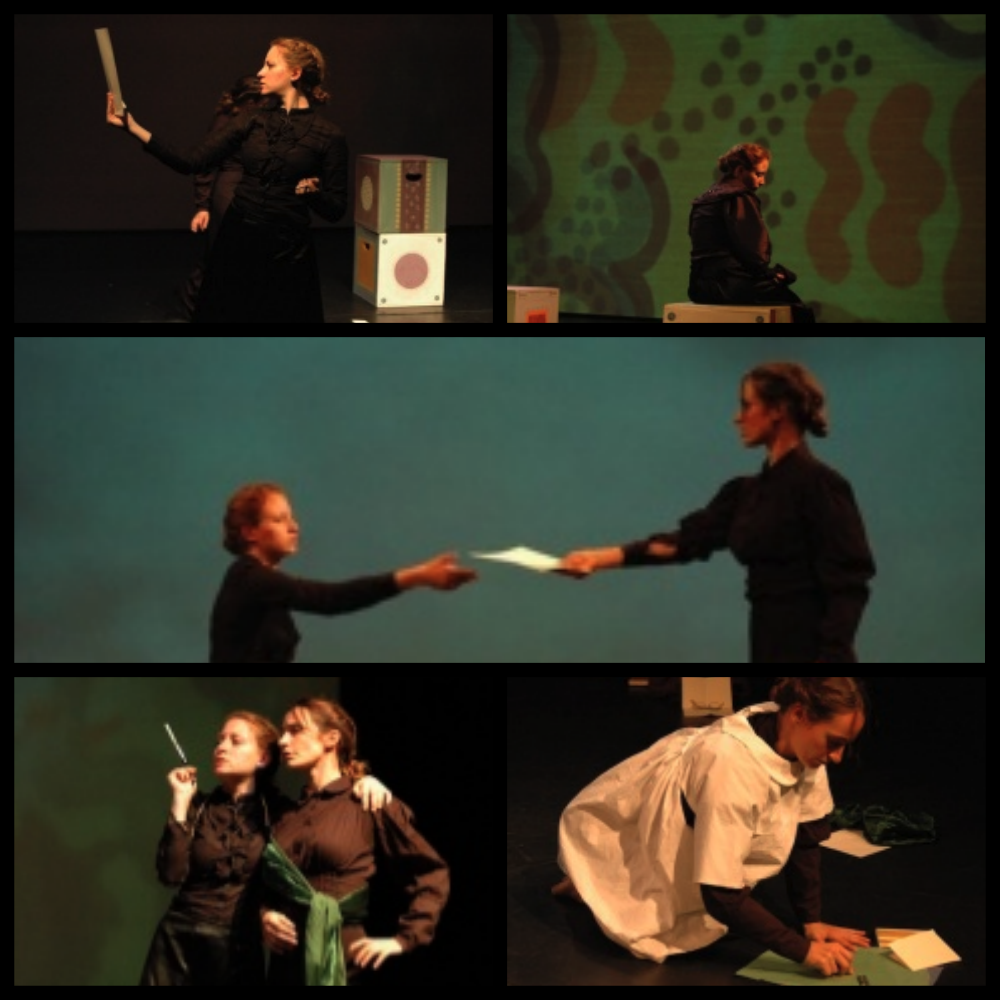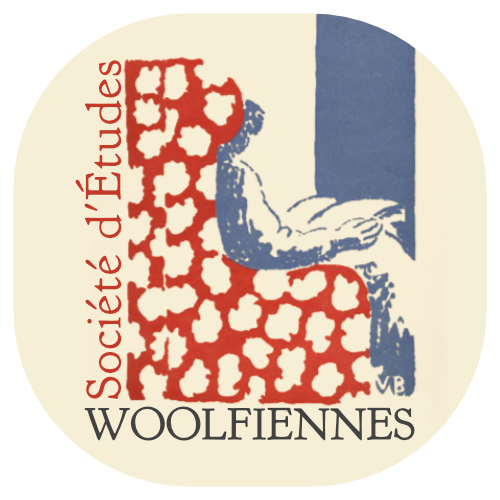Woolf contemporaine / A Contemporary Woolf
Colloque international de la SEW
17-18 septembre 2010
Aix-en-Provence
(Université de Provence)
Pour consulter le programme du colloque, cliquez ici:
Conference Programme
Organisation details
The Société d’Etudes Woolfiennes is delighted to be welcoming Christine Froula, Laura Marcus and David Bradshaw to give keynote lectures.
The conference will be held at the Maison méditerranéenne des sciences de l’homme, at Jas-de-Bouffan, a 10-minute bus ride from the Rotonde (the central fountain in the city centre).
The conference will begin on Friday September 17th at 9 a.m. Two full days of conferences in plenary sessions (Friday) and parallel sessions (Saturday) are planned (see programme above).
A performance of « Vanessa and Virginia », a stage adaptation by Elizabeth Wright of the novel Vanessa and Virginia by Susan Sellers will take place on the Friday evening.

Renseignements pratiques et fiche d’inscription téléchargeables en cliquant sur les liens ci-dessous:
– Fiche d’inscription / Registration form
– Détails des frais d’inscription / Registration fees
– Hébergements à Aix-en-Provence / Hotels in Aix-en-Provence
– Accès / How to get there
– Pour plus de renseignements (plans de ville, bus): Site du LERMA (Laboratoire d’Études et de Recherche sur le Monde Anglophone, Université de Provence)
______________
Texte de cadrage (Scroll down for the English version) :
Un siècle après le début d’une nouvelle ère, selon la formule de Woolf “On or about December 1910, human character changed”, nous proposons de réfléchir à la contemporanéité de Virginia Woolf, sur la question de son inscription dans le temps, dans son temps : “being that which we are, that which we have made, that in which we live” (“How It Strikes a Contemporary”,1925).
Si être contemporain, ce n’est pas adhérer aux prétentions du présent mais bien plutôt, comme Giorgio Agamben le définit dans son essai « Qu’est-ce que le contemporain? », saisir son temps depuis une certaine distance, qu’en est-il de la contemporanéité de Woolf, à la fois par rapport à son époque et par rapport à notre présent ? Dans quelle mesure ses écrits, tant fictionnels que non-fictionnels, pensent-ils et mettent-ils en œuvre cette inactualité, cette non-coïncidence avec son temps qui permet précisément à un auteur d‘en “voir les ténèbres”, d’en “percevoir l’obscurité” ?
Il s’agira tout particulièrement d’explorer la pensée de la modernité chez Woolf. Comment ses textes attestent-ils autant la barbarie que la culture de son siècle ? Comment mettent-ils le présent en relation avec le passé et l’avenir? Et comment aujourd’hui être “contemporains” de ses textes, y voir les figures de notre siècle et de notre maintenant? Comment définir dans nos lectures ces moments où le présent de l’écriture woolfienne nous devient contemporain, et, à ce titre, générateur de textes futurs ? Ce sont quelques questions parmi d’autres, qui peuvent nous inciter à réfléchir à la contemporanéité de Virginia Woolf en même temps qu’à la nôtre.
Interroger Woolf en tant que contemporaine nous invite donc à reconsidérer l’histoire hors du déroulement chronologique et à voir dans le présent un lieu de rencontres entre les temporalités, entre les générations — autrement dit, à penser le présent selon la tension que Woolf énonce à la fin de l’essai “How it Strikes a Contemporary”:“scan the horizon; see the past in relation to the future; and so prepare the way for masterpieces to come.”
A Contemporary Woolf
“On or about December 1910, human character changed” : one century after this new beginning, we invite you to reflect on Virginia Woolf’s relation to the contemporary, and on how she is inscribed in time, and in her time, “being that which we are, that which we have made, that in which we live” (“How It Strikes a Contemporary”,1925).
If being contemporary means not abiding by the strictures of the present, but rather, as Giorgio Agamben maintains in his essay « What is the Contemporary ? » grasping the meaning of one’s time from outside, what does this imply about Woolf’s contemporaneity, both in terms of her own era, and in terms of our present ? To what extent does her fictional as well as non-fictional work reflect on or engage with those forms of untimeliness or out-of-timeness which enable an author to « see its shadows » or « perceive its obscurity » ?
Our principal aim will be to explore the ways in which Woolf conceives of modernity. How do her texts display an awareness of the barbarity as well as of the culture of her century ? How do they relate the present to the past and the future ? And how might we today be « contemporaries » of her texts, and see in them figurations of our own century, our own times ? How can we as readers define those moments in the text when Woolf’s writing becomes contemporary now, and as such generates works to come ? These are some of the questions which can incite us to reflect on Virginia Woolf’s contemporaneity at the same time as we contemplate our own.
Considering Woolf as a contemporary implies thinking about history outside chronological sequence and positing the present as a crossroads between epochs, between generations —in other words conceiving the present caught in the tension of temporalities as Woolf describes it at the end of her essay “How it Strikes a Contemporary”: “scan the horizon; see the past in relation to the future; and so prepare the way for masterpieces to come.”

